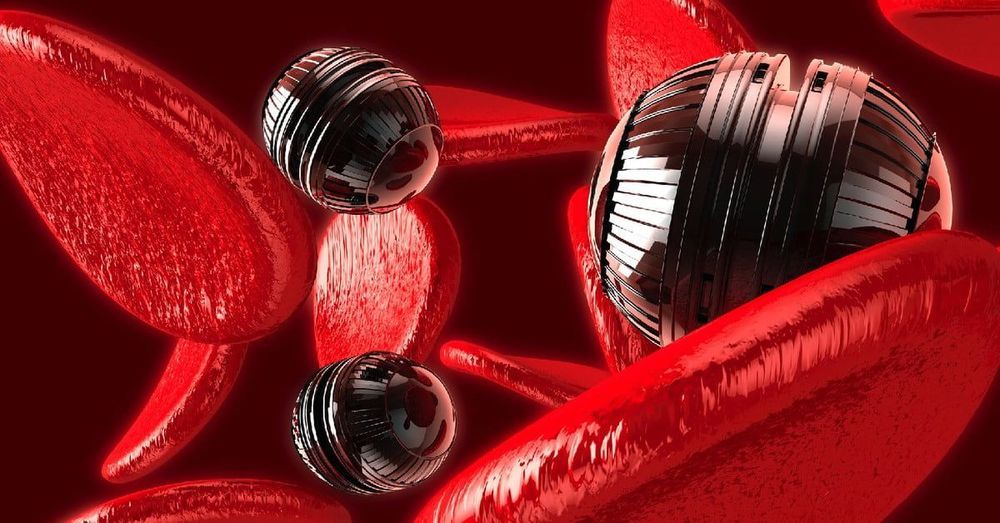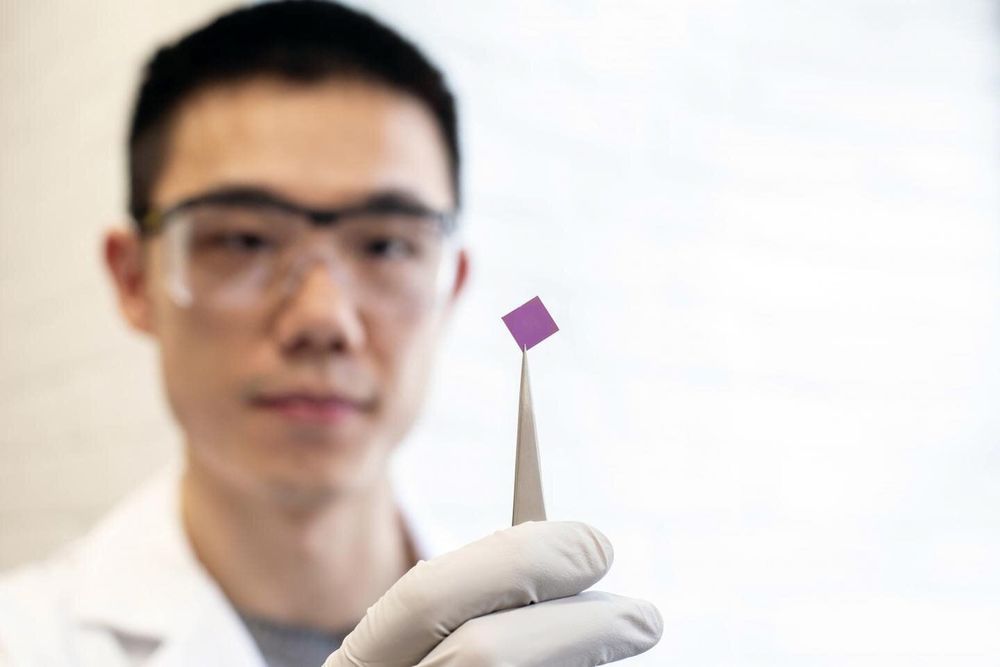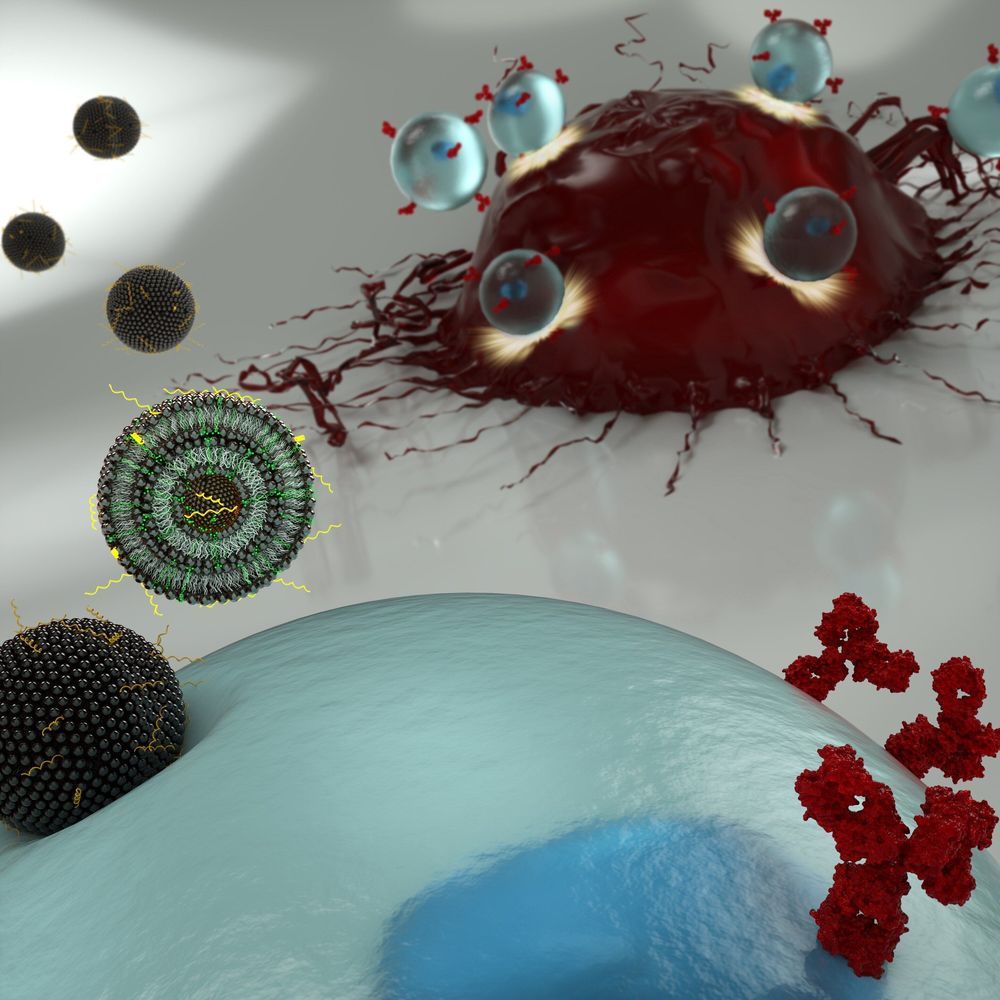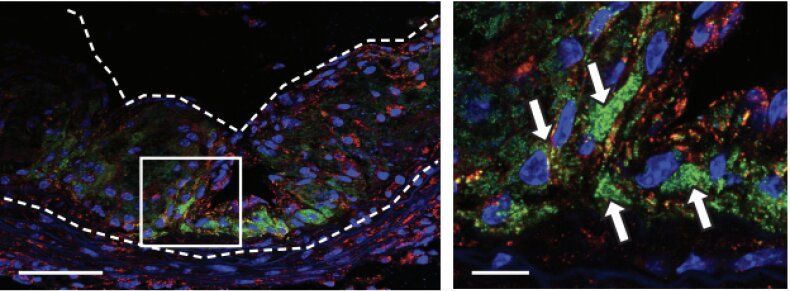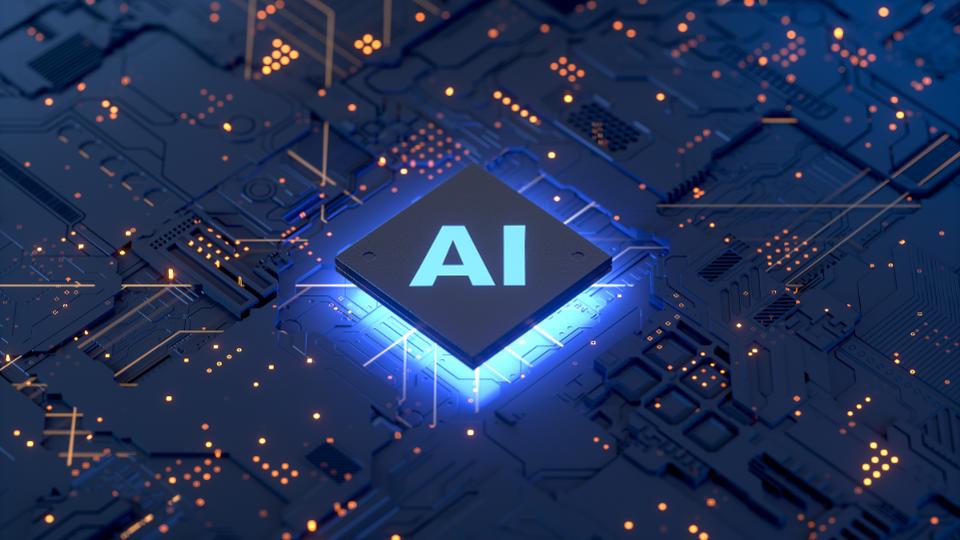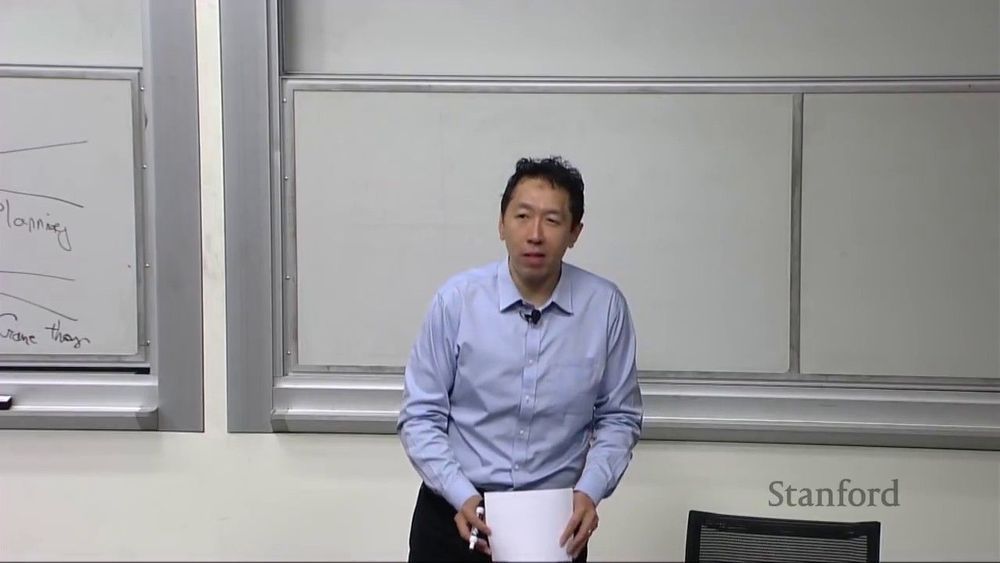Feb 2, 2020
The building blocks of a brain-inspired computer
Posted by Mike Diverde in categories: engineering, information science, robotics/AI
If you’re interested in mind uploading, then I have an excellent article to recommend. This wide-ranging article is focused on neuromorphic computing and has sections on memristors. Here is a key excerpt:
“…Perhaps the most exciting emerging AI hardware architectures are the analog crossbar approaches since they achieve parallelism, in-memory computing, and analog computing, as described previously. Among most of the AI hardware chips produced in roughly the last 15 years, an analog memristor crossbar-based chip is yet to hit the market, which we believe will be the next wave of technology to follow. Of course, incorporating all the primitives of neuromorphic computing will likely require hardware solutions even beyond analog memristor crossbars…”
Here’s a web link to the research paper:
Continue reading “The building blocks of a brain-inspired computer” »

